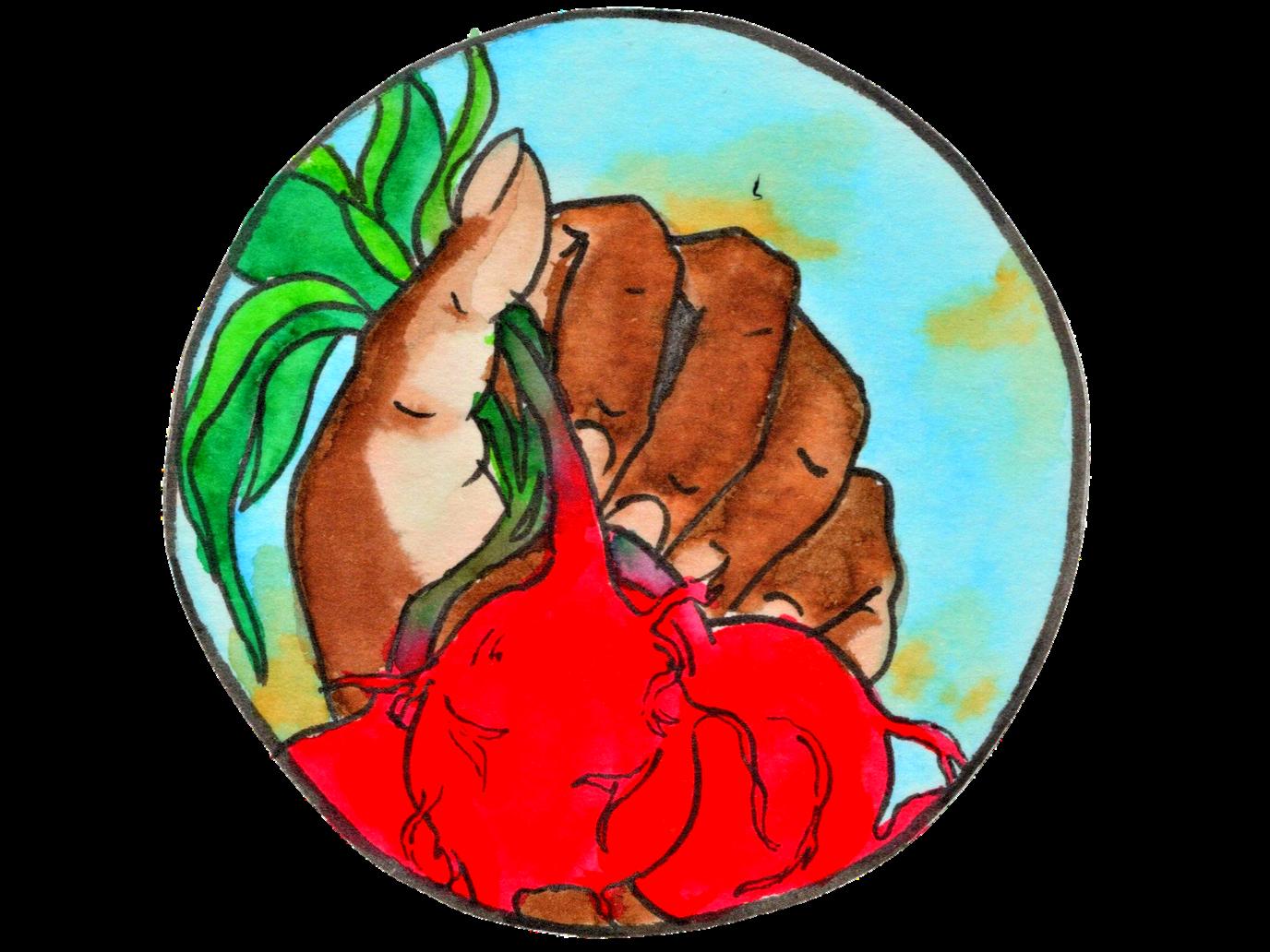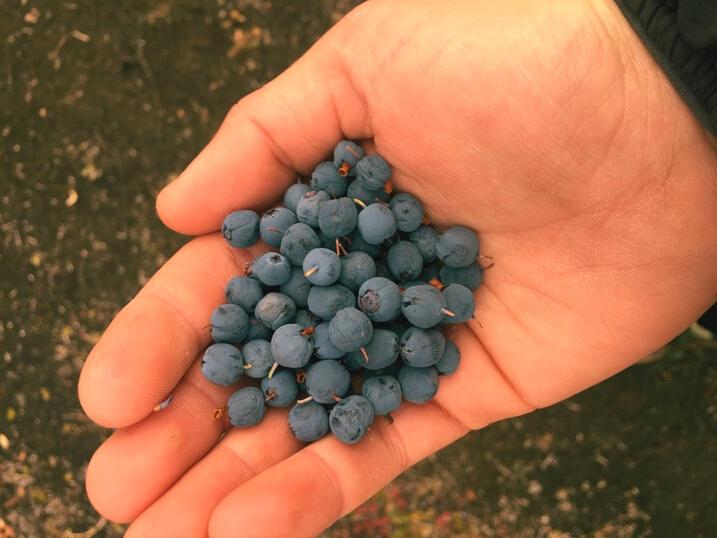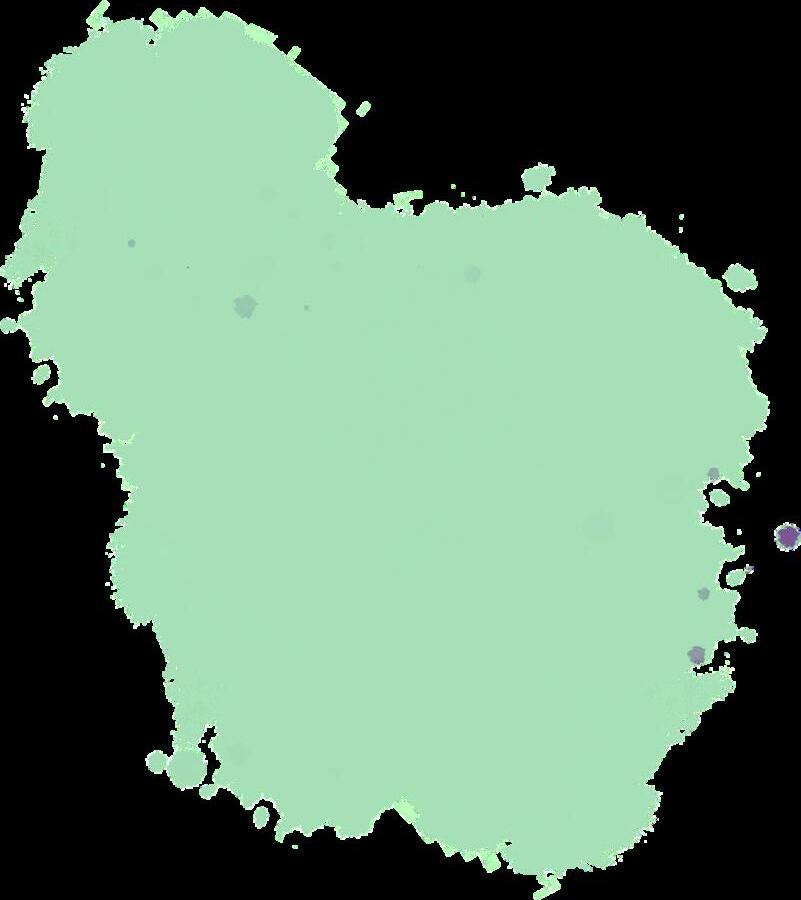
3 minute read
Food From The Land


Advertisement
REGENERATIVE PRACTICES OF TENDING RELATIONSHIPS WITH THE LAND FEED ALASKANS, STRENGTHEN COMMUNITY RESILIENCE, AND BOLSTER FOOD SECURITY.
Food binds us together. It connects us to places and, for many of us, our food sources are part of who we are and are part of our cultures. Our food is sacred.
Alaska is an abundant place rich in plants and animals that feed us, and yet 95% of our food currently comes from outside the state. Food insecurity is a challenge in both urban and rural Alaska. Many communities, Tribes and organizations in Alaska remember and are reimagining what a regenerative food economy looks like. From ensuring access to traditional foods to growing and producing more food in Alaska, the solutions to building a more stable and equitable food system are all around us.
The time has come to advance a governance system that respects, honors, and integrates our Alaska Native values, knowledge, and stewardship. Despite overwhelming systemic barriers, Alaskans and our Alaska Native community have a history of unity. In Alaska, we are all connected to Alaska Native ways of life by hunting, fishing, and gathering as well as the sharing and ceremony that goes with it.
Alaska Native ways of life that make our cultures and communities so unique keep Alaska strong. We walk in the footsteps of 400+ generations that predate the generations of today. By ensuring the health and wellbeing of our world and furthering Native stewardship, together we can find a path forward that supports the betterment of all Alaskans.
The Maniilaq Hunter Support Program and Siglauq, founded by Cyrus Harris, aims to care for elders while addressing food security and the high costs of the supplies needed to harvest wild foods. The program provides funds for local volunteers to purchase ammunition and gas and operates the Siġḷauq, a traditional food donation center and food storage facility, in Kotzebue. The Siġḷauq delivers legally harvested subsistence resources to the Utuqqanaat Inaat (Elder home) soup kitchen, and serves as a food storage facility, where donated traditional foods are butchered, packaged, stored, and distributed.
Reindeer herding provides food security and economic opportunity in western Alaska. Richmond Toolie and his crew work with the Native Village of Savoonga on St. Lawrence Island to ensure that fresh reindeer meat is locally produced and available to the community members. This is a critical adaptation to the challenges brought on by a changing climate, which have resulted in poor harvests of the traditional diet of marine mammals.
Small farms, Farmers Markets and Food Hubs (online marketplaces) in Alaska are thriving! In 2020, Alaska had 56 Farmers Markets that enabled Alaskan producers to sell their products to community members.
HERDING
AGRICULTURE

Yarducopia, a program of Alaska Community Action on Toxics, builds and maintains neighborhood and community organic gardens, provides training workshops, and seeds, starts, and organic materials. Neighbors share in the harvest and at least ten percent of the produce from Yarducopia gardens is donated to local food banks. Alutiiq Grown is a collective of tribal and community owned farms located in the Kodiak Archipelago, Alaska off-road system communities of Larsen Bay, Old Harbor, Ouzinkie, Port Lions, and the city of Kodiak. Their mission is to increase the region’s food security through providing fresh and local foods to Elders and community residents through hydroponics, soil farming, raising chickens, and more.
Calypso Farms:
Community leader Eva Dawn Burke, Denaakk’e and Lower Tanana Athabascan from the villages of Nenana and Manley Hot Springs, has been working to bring a grassroots project to build biomass-heated greenhouses to reality. The ambitious and realistic project aims to alleviate food insecurity in the communities most affected by it.










